New roos: three different ancient species of big bounders named
Kangaroos have been bouncing across Australia for millions of years but ancient species have outpaced palaeontologists until now as new research points to distinct features in three extinct species
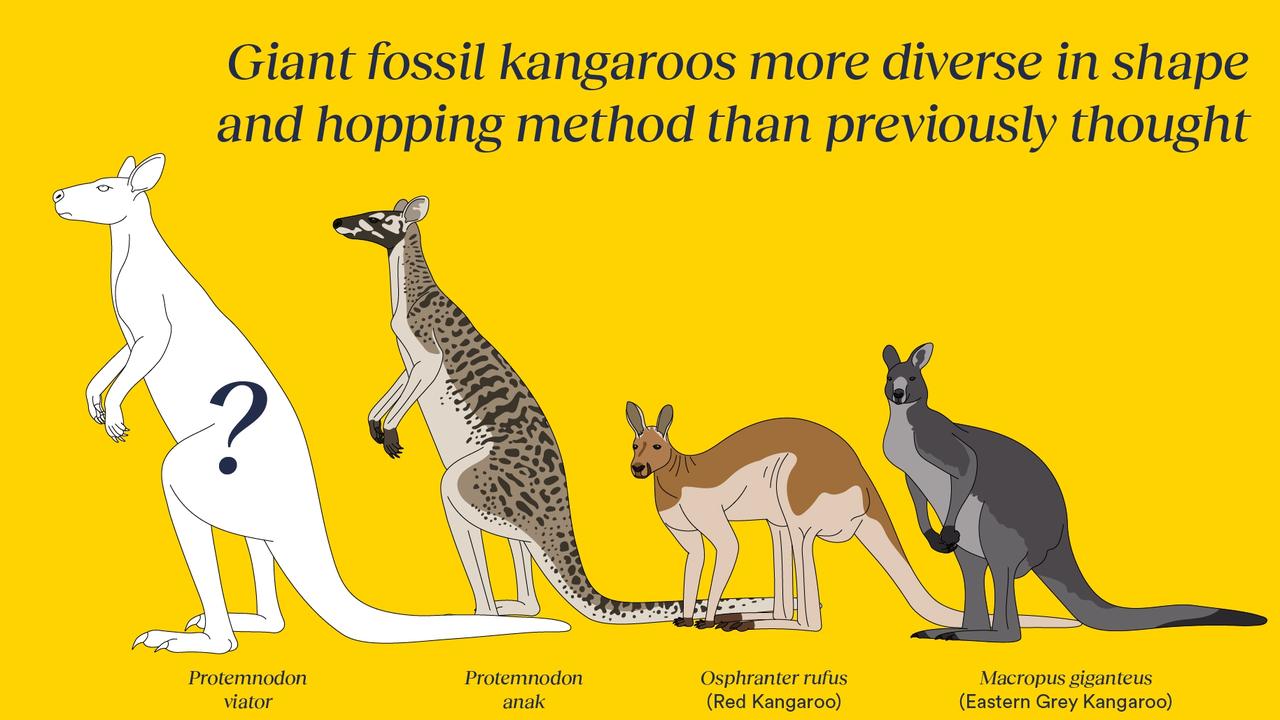
READING LEVEL: ORANGE
Giant roos bounded across Australia millions of years ago – but knowledge of these mega marsupials* has been limited. Now three new species of big bouncer have been described by Flinders University, finding fossil* samples from Australia and New Guinea more diverse* in shape, range and hopping style than previously thought.
The three new species – Protemnodon viator, Protemnodon mamkurra and Protemnodon dawsonae – belong to the extinct* genus* Protemnodon, which lived from around five million to 40,000 years ago.
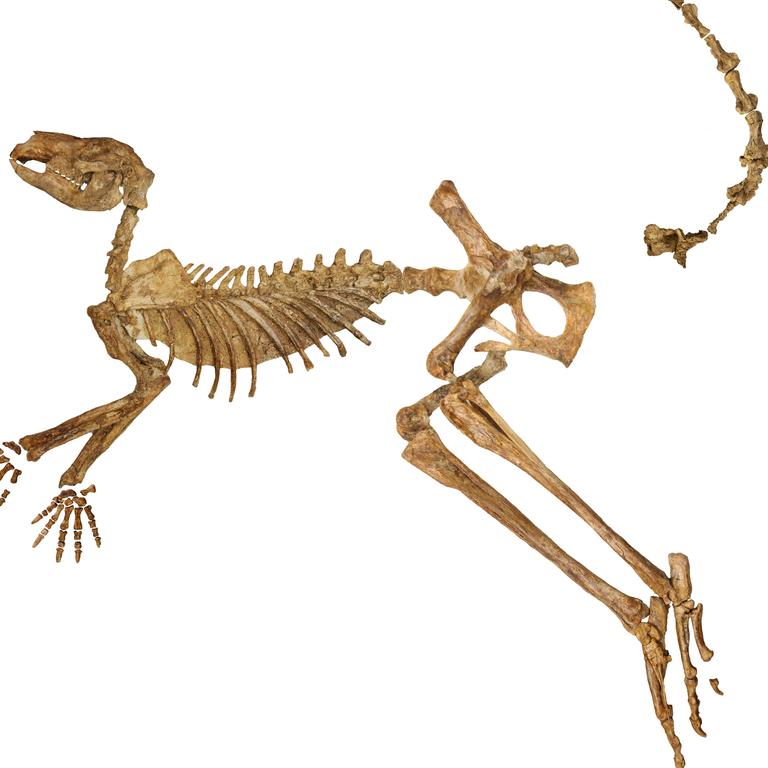
Protemnodon looked “something like a grey kangaroo, but were generally more squat and muscular”, researchers said. While some species were around 50kg, others were much larger than any living kangaroo, including the newly identified Protemnodon viator, which was about double the size of the largest red kangaroo living today and weighed as much as 170kg – as much as two grown men. The species had long legs and could hop quickly and well. Its name, viator, is Latin* for “traveller”.
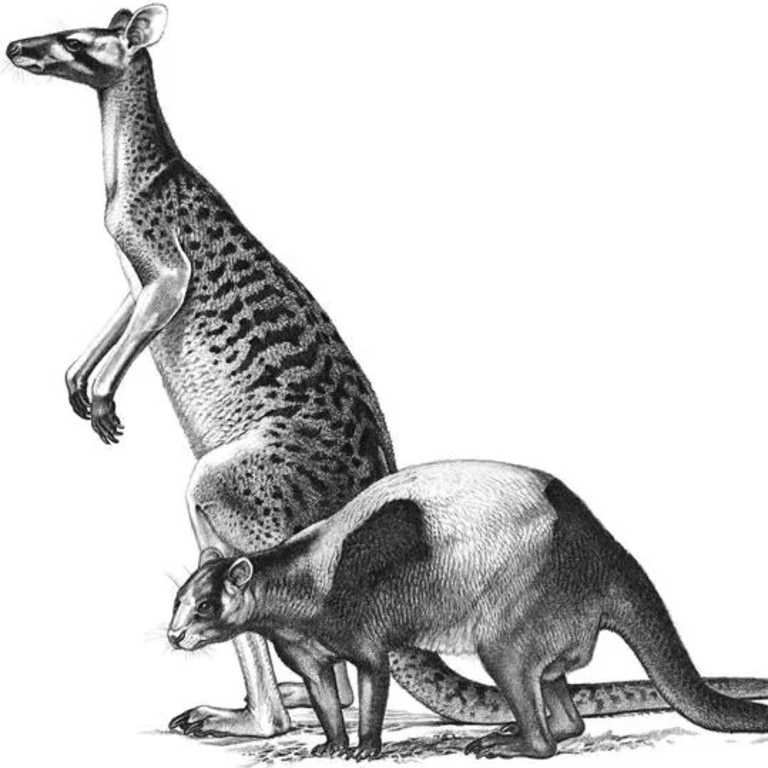
The super-sized Protemnodon viator was “well-suited to its arid* central Australian habitat*, living in similar areas to today’s red kangaroo”, according to the research, published on Monday in leading taxonomy* journal Megataxa.
The study was inspired by whole fossilised kangaroo skeletons from South Australia’s Lake Callabonna, discovered between 2013, 2018 and 2019. These incredible fossil finds led Dr Isaac Kerr, then a PhD student, to solve a nearly 150-year-long puzzle around identifying Protemnodon species.
Dr Kerr visited 14 museum collections in four countries and studied “just about every piece of Protemnodon there is” as part of the research.

“We photographed and 3D-scanned over 800 specimens* collected from all over Australia and New Guinea, taking measurements, comparing and describing them. It was quite the undertaking*,” he said.
“It feels so good to finally have it out in the world, after five years of research, 261 pages and more than 100,000 words. I really hope that it helps more studies of Protemnodon happen, so we can find out more of what these kangaroos were doing.
“Living kangaroos are already such remarkable animals, so it’s amazing to think what these peculiar giant kangaroos could have been getting up to.”

It was previously thought that some or all Protemnodon were quadrupedal*, meaning that they used all four feet for walking or bounding.
“However, our study suggests that this is true of only three or four species of Protemnodon, which may have moved something like a quokka* or potoroo* – that is, bounding on four legs at times, and hopping on two legs at others,” Dr Kerr said.
“The newly described Protemnodon mamkurra is likely one of these. A large but thick-boned and robust* kangaroo, it was probably fairly slow-moving and inefficient. It may have hopped only rarely, perhaps just when startled.”
It was unusual for a single genus of kangaroo to live in such varied environments, he said.
“The different species of Protemnodon are now known to have inhabited* a broad range of habitats, from arid Central Australia into the high-rainfall, forested mountains of Tasmania and New Guinea,” Dr Kerr said.
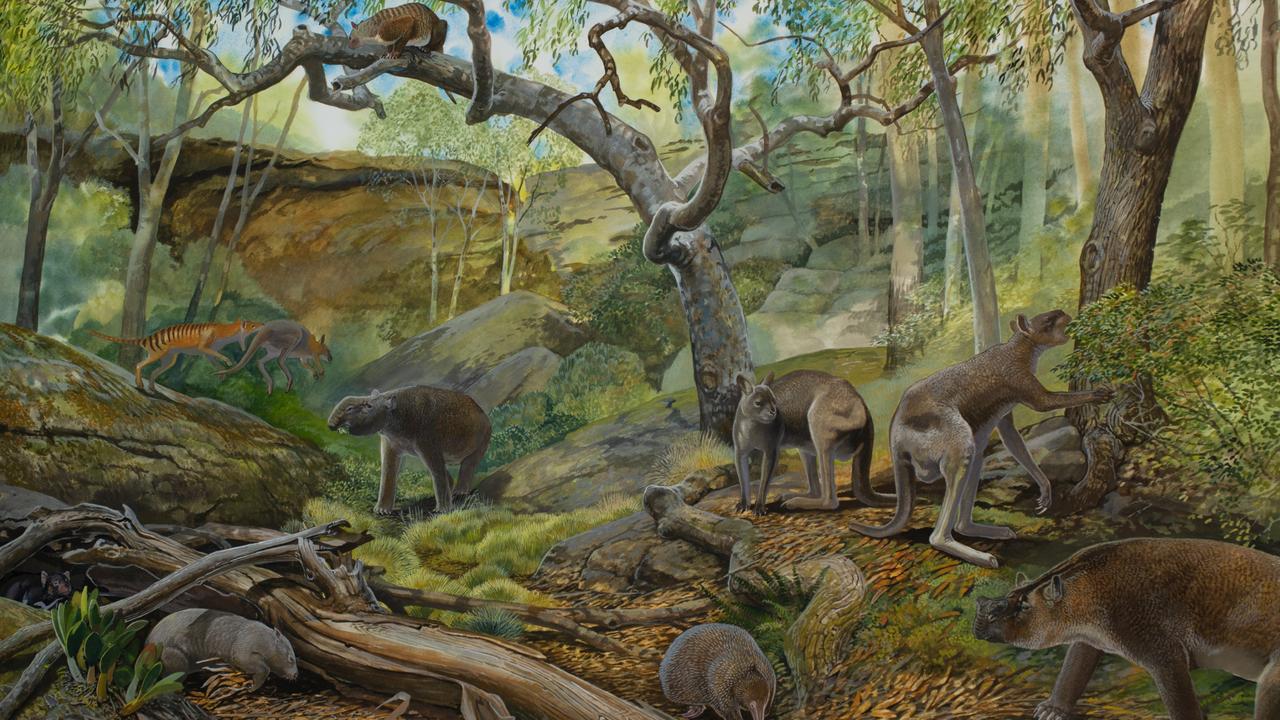
Protemnodon fossils are fairly common across Australia but they have historically been found isolated or as individual bones, which has limited palaeontologists’* studies. Fragmented fossil finds make it difficult to say how many species there were, or how to tell them apart – or how the species differed in size, geographic range, movement and ability to adapt.
The third new species, Protemnodon dawsonae, for example, remains more of a mystery because fewer fossils have been found, but researchers said it was most likely a mid-speed hopper, something like a swamp wallaby.
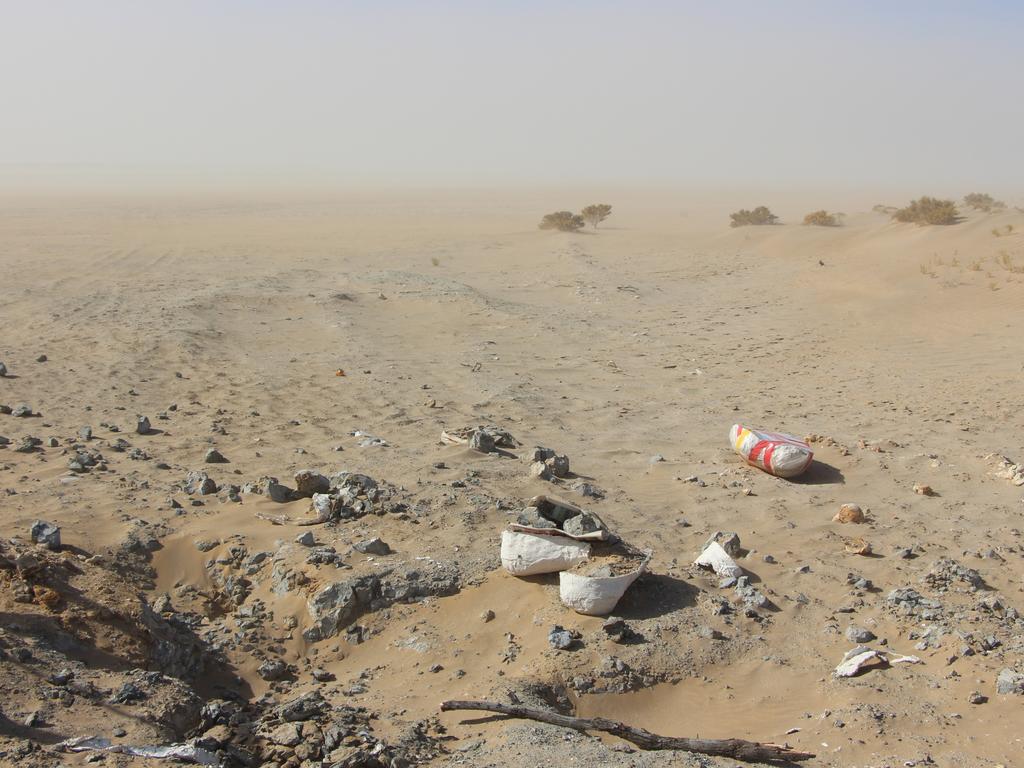
“It’s great to have some clarity on the identities of the species of Protemnodon,” said Flinders University co-author, Professor Gavin Prideaux.
“The fossils of this genus are widespread and they’re found regularly, but more often than not you have no way of being certain which species you’re looking at. This study may help researchers feel more confident when working with Protemnodon.”
About 40,000 years ago, and despite differences in size, habitat and location, all Protemnodon became extinct on mainland Australia. It is not yet known why close relatives including wallaroos and grey kangaroos survived but the researchers said further study may discover what happened.

DID YOU KNOW?
- The first species of Protemnodon were described in 1874 by British naturalist* Sir Richard Owen, who first coined the term “dinosaur” in Victorian England.
- Sir Owen focused mainly on fossil teeth, which was common practice at the time. He saw slight differences between the teeth of his specimens, and described six species of Protemnodon.
- The best Protemnodon mamkurra fossils come from Green Waterhole Cave in southeastern South Australia, on the land of the Boandik people, Dr Kerr said. The species name, mamkurra, was chosen by Boandik elders and language experts and means “great kangaroo”.
- The third new species, Protemnodon dawsonae, was named in honour of the research work of Australian palaeontologist Dr Lyndall Dawson, who studied kangaroo systematics* and the fossil material from Big Sink, the part of the Wellington Caves in NSW, from which the species is best known.
- The study was supported by the Australian Research Council and Flinders University, and supported by grants from the Australia & Pacific Science Foundation and the Royal Society of South Australia.
POLL
GLOSSARY
- marsupial: type of mammal that is not born completely developed and is carried around in a pouch on the mother’s body, where it is fed and kept safe until it is fully developed
- fossil: fossil, remnant, impression, or trace of an animal or plant of a past age that has been preserved in Earth’s crust
- diverse: varied, different, multiple, distinct
- extinct: no longer existing, vanished, died out
- genus: a class of similar things, especially a group or animals or plants that includes closely related species
- Latin: the classical language used in Ancient Roman times and the base of modern Romance languages
- arid: having little or no rain, dry, parched
- habitat: the natural environment in which an animal or plant usually lives
- taxonomy: system of arranging animals and plants into natural, related groups based on some common factor
- specimen: a single plant or animal which is an example of a particular species or type and is examined by scientists
- undertaking: an effort to do something, a venture, project or enterprise
- quadrupedal: four-footed, using all four feet to walk, run or bound
- quokka: one of the smallest wallabies
- potoroo: a small, leaping rodent known as a “rat kangaroo”
- robust: sturdy, strong. healthy and vigorous
- inhabited: to have lived in, to have dwelled in a place
- palaeontologists: scientists who study fossils to learn about earlier life
- naturalist: scientist, expert or student who studies plants, animals, insects and other living things
- systematics: the science of classifying living forms past and present
EXTRA READING
Scientists rethink ancient wombat in new study
Australian megafauna died out with climate change
QUICK QUIZ
- What are the three new species?
- How long ago did these extinct species of giant kangaroos live?
- What discovery where inspired the research?
- The Protemnodon viator was about twice the size of which animal and weighed up to how many kilos?
- Which two close relatives are among those that did not become extinct at the same time as these species?
LISTEN TO THIS STORY
CLASSROOM ACTIVITIES
1. Comparing roos
Compare the similarities and differences between today’s kangaroos and the extinct Protemnodon species. Re-read the article and note as many differences and similarities as you can find.
SIMILARITIES
DIFFERENCES
Time: allow 20 minutes to complete this activity
Curriculum Links: English, Science, Personal and Social, Critical and Creative Thinking
2. Extension
40,000 years ago, all Protemnodon species became extinct in Australia, but close relatives wallaroos and grey kangaroos survived.
How do you think they managed to survive and not the Protemnodon species?
Time: allow 10 minutes to complete this activity
Curriculum Links: English, Science, Personal and Social, Critical and Creative Thinking
VCOP ACTIVITY
To sum it up
After reading the article, use your comprehension skills to summarise in a maximum of three sentences what the article is about.
Think about:
What is the main topic or idea?
What is an important or interesting fact?
Who was involved (people or places)?
Use your VCOP skills to re-read your summary to make sure it is clear, specific and well punctuated.


